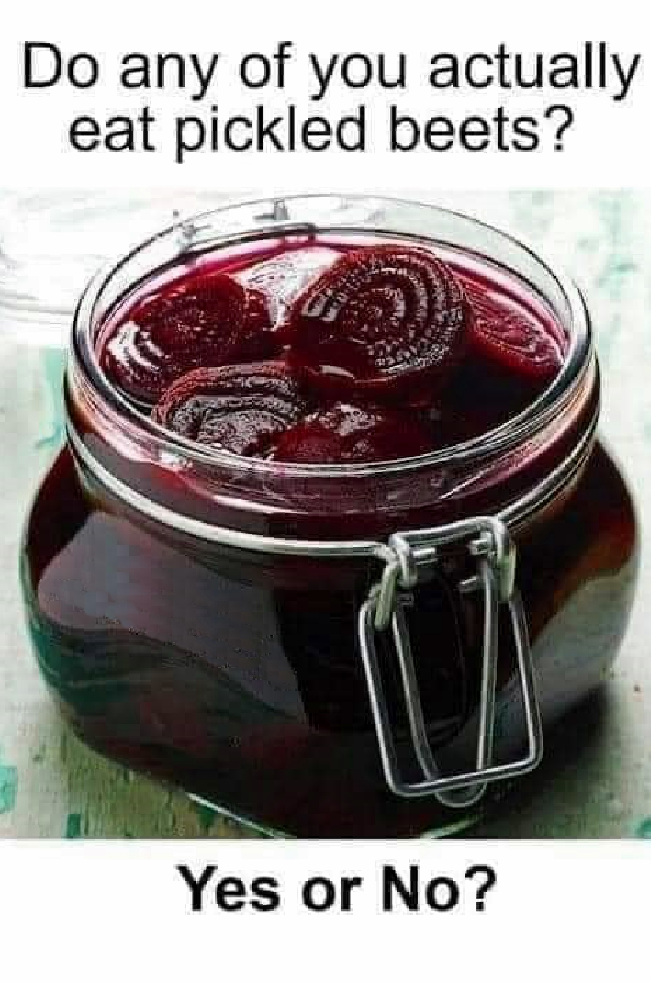**Pickled beets** are a delightful and vibrant condiment that transforms the earthy flavor of fresh beets into a tangy and sweet delicacy. This traditional preservation method not only enhances the taste of beets but also gives them a stunning ruby-red color that brightens up any dish. Whether enjoyed on their own, as part of a salad, or as a topping for sandwiches, pickled beets offer a unique flavor profile and a host of nutritional benefits.
### What Are Beets?
Beets, scientifically known as **Beta vulgaris**, are root vegetables that have been cultivated for centuries for their nutritional value and versatility. They are characterized by their deep purple color, although they can also come in golden yellow or even striped varieties. Beets are known for their sweet, earthy flavor and tender texture, which makes them an excellent choice for both raw and cooked dishes.
### Nutritional Benefits of Beets
Before delving into the pickling process, it’s essential to understand the nutritional benefits of beets. They are low in calories yet high in essential nutrients, including:
– **Vitamins:** Beets are rich in vitamin C, which supports immune health, and B vitamins, such as folate, which is crucial for cell division and overall health.
– **Minerals:** They provide a good source of potassium, which helps regulate blood pressure, and magnesium, which is important for muscle function and energy production.
– **Antioxidants:** Beets are packed with antioxidants, particularly betalains, which have been linked to reduced inflammation and improved detoxification processes in the body.
– **Fiber:** The fiber content in beets supports digestive health and can help maintain healthy cholesterol levels.
### The Pickling Process
**Pickling beets** is a simple yet rewarding process that can be done at home. The basic steps include cooking, peeling, and marinating the beets in a flavorful brine. Here’s a detailed description of the process:
1. **Preparing the Beets:** Start by selecting fresh, firm beets, preferably medium-sized. Wash them thoroughly under cold water to remove any dirt. Trim the tops and roots, leaving a bit of the stem intact to prevent bleeding during cooking.
2. **Cooking the Beets:** There are a few methods to cook beets, but boiling and roasting are the most common. For boiling, place the cleaned beets in a pot of salted water, bring to a boil, and let them simmer for about 30 to 45 minutes, depending on their size, until they are fork-tender. If you prefer roasting, wrap the beets in aluminum foil and roast them at 400°F (200°C) for about 45 to 60 minutes until tender.
3. **Peeling the Beets:** Once cooked, allow the beets to cool slightly. You can easily peel the skin off using your hands or a paper towel, as the skin should slide off effortlessly. Be cautious, as the vibrant color of the beets can stain your hands and surfaces.
4. **Preparing the Brine:** The brine is what gives pickled beets their tangy flavor. A basic brine consists of equal parts vinegar (often white or apple cider vinegar) and water, along with sugar and salt for balance. You can also add spices such as whole cloves, cinnamon sticks, black peppercorns, and mustard seeds to enhance the flavor. Bring the brine ingredients to a boil, stirring until the sugar dissolves.
5. **Marinating the Beets:** Slice or dice the peeled beets and pack them into sterilized jars. Pour the hot brine over the beets, ensuring they are fully submerged. Seal the jars tightly, and allow them to cool to room temperature before refrigerating.
### Flavor Profile and Texture
The result of this pickling process is a jar of vibrant, sweet-tangy pickled beets that offer a unique flavor experience. The beets retain their firm, slightly crunchy texture while absorbing the tangy brine, which infuses them with a delightful balance of sweetness and acidity. Each bite reveals the earthy sweetness of the beets, complemented by the sharpness of the vinegar and the subtle warmth of the spices. This complex flavor profile makes pickled beets a versatile addition to many dishes.
### Culinary Uses
Pickled beets can be enjoyed in various ways, making them a staple in many kitchens. Here are some popular uses:
1. **Salads:** Sliced pickled beets add a pop of color and flavor to salads. They pair beautifully with greens, goat cheese, walnuts, and citrus dressings.
2. **Sandwiches and Wraps:** Add pickled beets to sandwiches or wraps for an unexpected twist. They provide a tangy crunch that complements meats, cheeses, and spreads.
3. **Charcuterie Boards:** Serve pickled beets alongside cheeses, cured meats, and olives on a charcuterie board for a beautiful and flavorful spread.
4. **Tacos:** Use pickled beets as a topping for tacos, especially those filled with grilled meats or roasted vegetables. Their acidity cuts through the richness of the other ingredients.
5. **Pasta Dishes:** Toss pickled beets into pasta salads or grain bowls for added flavor and texture. They work well with ingredients like feta cheese, arugula, and lemon vinaigrette.
6. **Snacking:** Enjoy pickled beets straight from the jar as a healthy snack. Their tangy flavor makes them a satisfying and nutritious treat.
### Storage and Shelf Life
Pickled beets can be stored in the refrigerator for several weeks to a few months, depending on the pickling method used. Ensure the jars are tightly sealed and kept in a cool, dark place. If properly canned using the water bath method, they can last even longer when stored in a pantry.
### Variations and Customizations
There are numerous ways to customize pickled beets based on personal preference:
1. **Spicy Pickled Beets:** Add sliced jalapeños or red pepper flakes to the brine for a spicy kick.
2. **Herb-Infused:** Include fresh herbs like dill or thyme in the brine for an herbal twist.
3. **Sweet Variations:** Adjust the sugar content to create sweeter pickled beets, or experiment with different types of sweeteners like honey or maple syrup.
4. **Citrus Zest:** Adding orange or lemon zest to the brine can enhance the flavor and provide a refreshing citrus note.
### Conclusion
In summary, **pickled beets** are a deliciously tangy and sweet addition to any meal, offering a unique flavor and stunning color that can elevate your dishes. They are not only a versatile condiment but also a nutritious choice that can enhance salads, sandwiches, and snacks. With their rich history and adaptability, pickled beets continue to be a beloved food item, celebrated for their bold flavors and health benefits. Whether enjoyed straight from the jar or as part of a larger culinary creation, pickled beets are sure to add a delightful touch to your table. So, gather your beets and spices, and embark on a flavorful journey into the world of pickling!
- 8 medium fresh beets
- 1 cup vinegar
- 1/2 cup sugar
- 1-1/2 teaspoons whole cloves
- 1-1/2 teaspoons whole allspice
- 1/2 teaspoon salt
Directions

